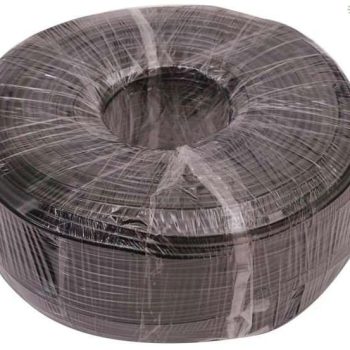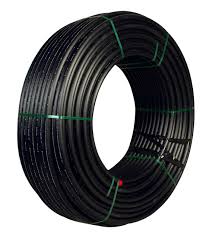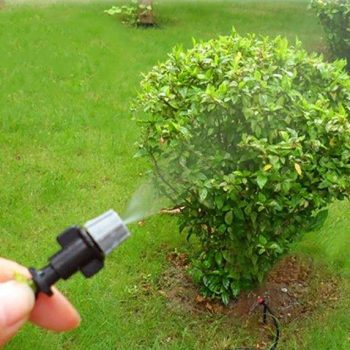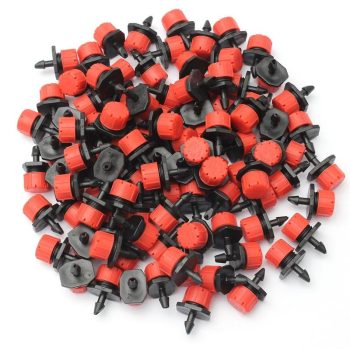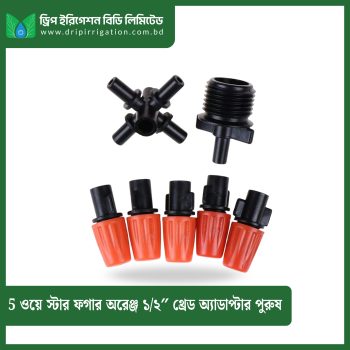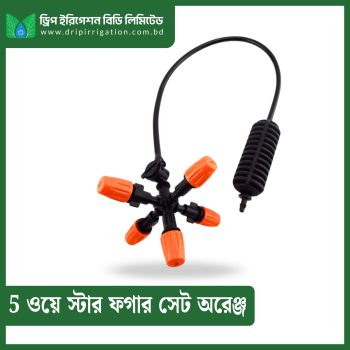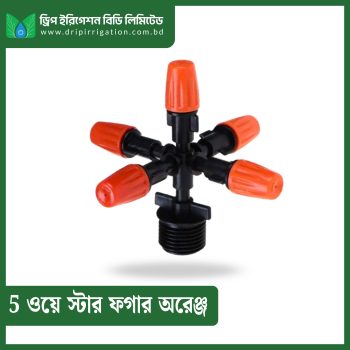
[ad_1]
Guava is a delicious fruit that is highly popular in Bangladesh. The fruit is not only tasty but also has several health benefits. It is packed with vitamin C, potassium, fiber, and other essential nutrients. Guava can be consumed in many ways, such as raw, juice, or jam.
If you are interested in growing guava in Bangladesh, then this guide will provide you with all the information you need to get started.
1. Climate Requirements
Guava trees require a warm, humid climate to grow well. The ideal temperature range for guava trees is 20-30°C. The fruit thrives in areas with high rainfall during the growth season.
2. Soil and Fertilizer Requirements
Guava trees thrive in well-drained soil that is rich in organic matter. Before planting, ensure the soil is well-tilled and free of weeds. Guava trees require regular fertilization since they are heavy feeders. You can supplement the soil with organic fertilizers like cow dung or compost.
3. Planting
The best time to plant guava trees is during the rainy season. Ensure you plant the seedlings in a hole that is 60 cm wide and deep. The seedlings should be spaced three meters apart.
After planting, water the seedling with at least 10 liters of water and add a layer of mulch around the base to prevent weeds from growing.
4. Pruning
Guava trees require pruning to help maintain their shape and promote better fruit production. Pruning should be done during the dry season to prevent the spread of diseases. Remove any diseased or weak branches and cut off the lower branches to promote better aeration.
5. Pests and Diseases
Guava trees are prone to several pests and diseases, including fruit flies, scales, and anthracnose. To prevent these problems, use organic pesticides and fungicides for the best results.
6. Harvesting
Guava fruit mature in 3-4 months, depending on the variety. The fruit is ripe when the skin changes from green to yellow or greenish-yellow. Ripe guava has a lovely aroma and should be picked gently by hand.
In conclusion, guava is a fruit crop that can thrive in most parts of Bangladesh. With the right soil, climate, and care, you can grow delicious guava fruit in your backyard. If you are a newcomer to guava cultivation, this guide will help you get started on your journey. Happy guava growing!
[ad_2]

